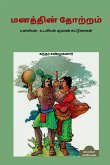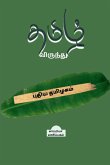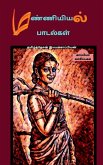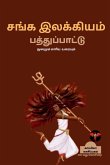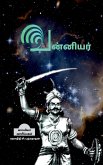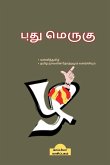Among the languages that are classified as a Dravidian language, Tamil has been around since ancient times, has been revised and developed in a classical manner. According to the Sangam component, it can be said that the dialect of the Dravidian language race is Tamil. ""Dravidian"" is a code word; It refers to the vernacular languages spoken by the majority of the people of South India. With the exception of the Gujarati and Marathi-speaking parts of the West Indies, the Deccan, and much of South India between the Vindhyamalai, the Narmada River, and Kumarimunai, with the exception of the ancient languages, there have been a number of monolingual, multi-ethnic groups. To the north of Vindhyamalai, as far as Balochistan, and as far as the Rajmahal Hills in Bengal, there are some dialects that are thought to belong to this language. Gujarati, Marathi, Konkani, a branch of Marathi, Oriya or Orissa, a dialect of Orissa, or Northern dialects, may be the languages spoken by other Hindus other than the Dravidian-speaking group. It is unbelievable that Sanskrit, the northern language, could have been given as a vernacular language in the north and south of the Indian subcontinent at any time.

